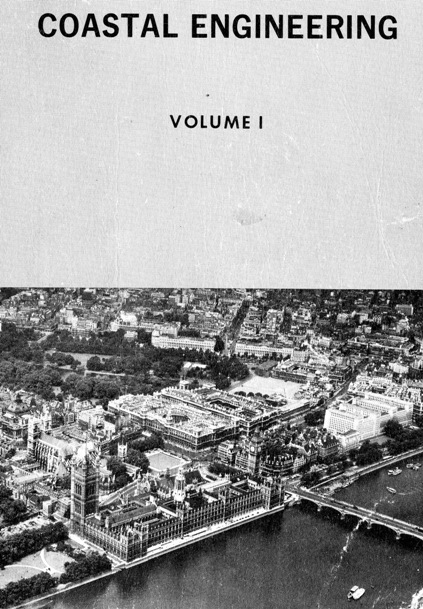Abstract
Experimental results axe presented for a laboratory study of the effectiveness of hydraulic breakwaters in dissipating deep water waves. Test data are reported for a range of wave steepnesses for wave length: water depth ratios ranging from 0.375 to 1.343. It is shown that the effectiveness of hydraulic breakwaters depends upon the steepness of the incident wave and upon the ratio of the momentum of the opposing surface current created by the breakwater to the momentum of the incident waves. Results also are compared with the theoretical predictions of Taylor which are appropriate to deep water waves. Data are presented in a form allowing the determination of hydraulic breakwater manifold discharge characteristics in order to achieve specified attenuation for a particular incident wave. It is concluded that while the hydraulic breakwater is better adapted to deep water waves than to shallow water waves upon which prior studies of the device have concentrated, it is generally inefficient for most practical cases because of excess power requirements. Some possible field applications are indicated.
Authors retain copyright and grant the Proceedings right of first publication with the work simultaneously licensed under a Creative Commons Attribution License that allows others to share the work with an acknowledgement of the work's authorship and initial publication in this Proceedings.

